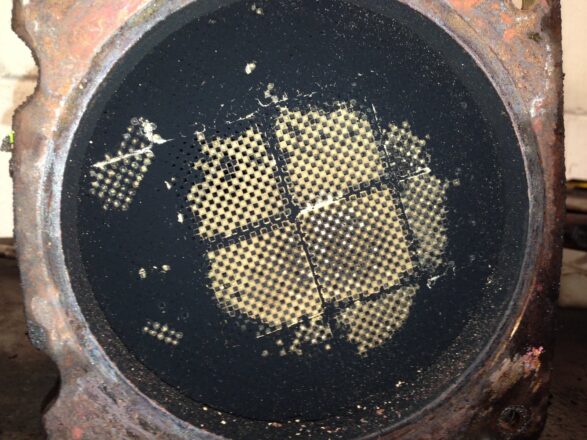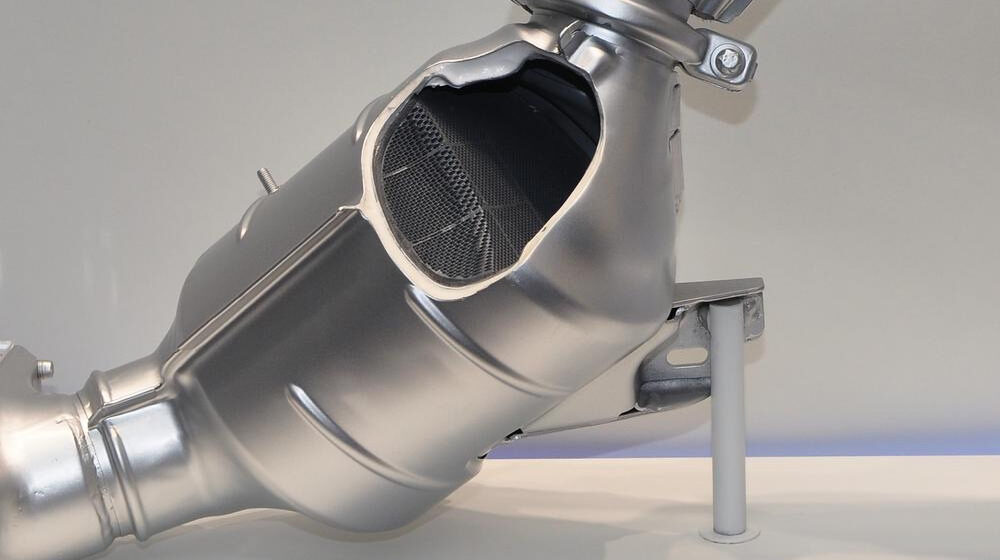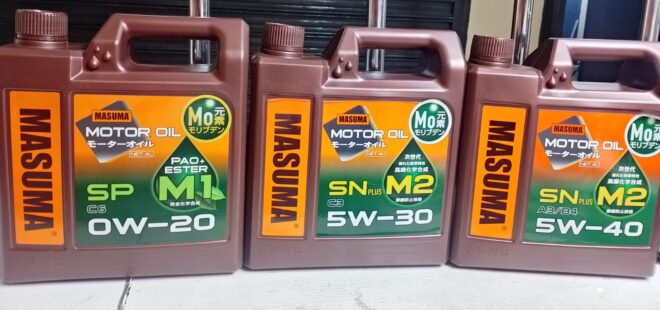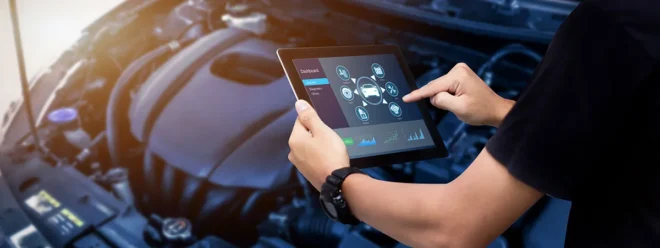Whether you drive a turbo-diesel SUV or operate a fleet of commercial trucks, your vehicle likely comes equipped with a Diesel Particulate Filter (DPF)—a vital component designed to reduce harmful emissions and help keep our air clean.
But let’s be honest: for many drivers, the DPF can feel like a frustrating mystery box that clogs up and throws warning lights at the worst time.
This guide aims to demystify the DPF, break down how it works, explain why it matters, and most importantly—show you how to manage it intelligently, avoid costly repairs, and drive worry-free.
What Exactly is a DPF?
A Diesel Particulate Filter is a honeycomb-shaped ceramic filter installed in the exhaust system of diesel vehicles. Its job? To trap and hold soot particles (black carbon) created during diesel combustion.
Without a DPF, those particles would escape into the atmosphere—contributing to air pollution, smog, and health issues.
Why It’s There:
-
To Meet Euro 5/Euro 6 emissions standards
-
To Reduce particulate matter (PM) by 85%+
-
To Improve air quality, especially in urban areas
How the DPF Works: A Quick Science Break
When diesel fuel burns, it produces two big nasties: soot (solid) and NOₓ gases (gaseous). The DPF deals with the soot.
Step-by-Step:
-
Exhaust gas enters the DPF.
-
Soot particles are trapped inside the filter walls.
-
Over time, the DPF fills up—like a vacuum cleaner bag.
-
It needs to regenerate (clean itself) or risk clogging.
Regeneration: The DPF’s Built-In Self-Cleaning Trick
DPFs are designed to burn off the trapped soot automatically through a process called regeneration. This occurs at high temperatures (above 600°C).
There are 3 types of regeneration:
| Type | Trigger | How it works |
|---|---|---|
| Passive | Highway driving, high exhaust heat | Natural burn-off during normal driving |
| Active | ECU-triggered (every 100–500 km) | ECU injects extra fuel to raise temperature and burn soot |
| Forced | Garage or tool required | Technician manually triggers regeneration via scan tool |
If regeneration fails or is interrupted often (e.g. city driving only), soot builds up—leading to DPF blockage, limp mode, and costly repairs.
Common Symptoms of a Clogged DPF
Don’t ignore these signs:
-
🚨 DPF warning light on dashboard
-
Poor acceleration, sluggish performance
-
⛽ Increased fuel consumption
-
💨 Visible black smoke from exhaust
-
🐌 Vehicle enters limp mode

How to Keep Your DPF Healthy
Managing your DPF is about driving habits, maintenance, and awareness. Here’s how:
1. Drive it like a diesel
Take your diesel for a 15-30 minute highway drive at 2,000+ RPM once a week. This ensures passive regeneration occurs naturally.
2. Use low-ash engine oil
Always use SN Plus C2/C3 rated low SAPS (Sulphated Ash, Phosphorus, Sulphur) oil. These oils reduce ash build-up that the DPF can’t burn off.
3. Keep your injectors healthy
Bad injectors = more soot = clogged DPF. Have your fuel system cleaned or serviced periodically.
4. Don’t ignore the warning light
A flashing DPF light means regeneration is failing. Take action fast—go for a drive or visit a technician for forced regeneration.
5. Avoid short, cold trips
City-only driving doesn’t allow the engine to reach regeneration temparatures. Mix in longer trips when you can.
Professional DPF Cleaning: Is It Worth It?
Yes! If your DPF is too clogged for regeneration, modern garages can clean it professionally using:
-
Chemical flushing machines – Dissolves soot/ash while on the car
-
Thermal bake cleaning – Off-car bake at 600°C then air-blasted
-
Ultrasonic cleaning – Gentle and highly effective
Done right, it can restore 95%+ of DPF function for a fraction of replacement cost.
💧 A Word on AdBlue: Friend of the DPF?
Not directly.
AdBlue is used in Selective Catalytic Reduction (SCR) systems to reduce NOₓ gases, not soot. If your diesel has both SCR + DPF (many newer models do), then AdBlue complements the DPF system to fully clean your emissions.
AdBlue reduces NOx in SCR systems, not soot. But in vehicles with both SCR and DPF, a healthy SCR system reduces engine strain, indirectly helping the DPF.
💡 Pro Tips from the Workshop
-
✅ Reset DPF counters after cleaning with a scan tool
-
✅ Fix underlying issues (EGR, oil leaks, sensors)
-
✅ Watch for rising backpressure readings
-
✅ Don’t use homebrew chemicals—stick to OEM-recommended products
🧭 In conclusion
Your Diesel Particulate Filter is not your enemy. It’s a sophisticated, eco-friendly tool that—when managed properly—will keep your engine running efficiently and your emissions clean.
Understanding how it works, driving wisely, and acting quickly when problems arise will extend its lifespan, save you money, and give you peace of mind behind the wheel.
So next time your DPF light blinks on, don’t panic—you’ve got this.




